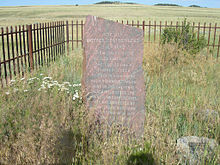
Bonnie Elizabeth Parker and Clyde Chestnut "Champion" Barrow were American bandits who traveled the Central United States with their gang during the Great Depression. The couple was known for their bank robberies and multiple murders, although they preferred to rob small stores or rural funeral homes. Their exploits captured the attention of the American press and its readership during what is occasionally referred to as the "public enemy era" between 1931 and 1934. They were ambushed by police and shot to death in Bienville Parish, Louisiana. They are believed to have murdered at least nine police officers and four civilians.

Richard Turpin was an English highwayman whose exploits were romanticised following his execution in York for horse theft. Turpin may have followed his father's trade as a butcher early in his life but, by the early 1730s, he had joined a gang of deer thieves and, later, became a poacher, burglar, horse thief and killer. He is also known for a fictional 200-mile (320 km) overnight ride from London to York on his horse Black Bess, a story that was made famous by the Victorian novelist William Harrison Ainsworth almost 100 years after Turpin's death.

Barbara Elaine "Bonnie"WoodGraham was an American criminal convicted of murder. She was executed in the gas chamber at San Quentin Prison on the same day as two convicted accomplices, Jack Santo and Emmett Perkins, all of whom were involved in a robbery that led to the murder of an elderly widow. Nicknamed "Bloody Babs" by the press, Graham was the third woman in California to be executed by gas.

Kate Barker, better known as Ma Barker, was the mother of several American criminals who ran the Barker–Karpis Gang during the "public enemy era" when the exploits of gangs of criminals in the Midwestern United States gripped the American people and press. She traveled with her sons during their criminal careers.

Twisted is a 2004 American psychological thriller directed by Philip Kaufman, written by Sarah Thorp, and starring Ashley Judd, Samuel L. Jackson, and Andy García. The film is set in San Francisco.

Streets of Laredo is a 1993 Western novel by American writer Larry McMurtry. It is the second book published in the Lonesome Dove series, but the fourth and final book chronologically. It was adapted into a television miniseries in 1995.

Beneath is a straight-to-DVD thriller-horror film co-produced in a first time partnership between Paramount Classics and MTV Films. The film is directed by the newcomer Dagen Merrill, who co-wrote the script with Kevin Burke, and the list of producers include Sean Covel and Chris Wyatt, as well as Troy Craig Poon. In Paramount Classics's first horror movie, which marks the company's expansion from acquisitions into the production arena, the cast includes Nora Zehetner and Matthew Settle. Shooting started 2005 in Vancouver, the film was released on DVD August 7, 2007. It was the first direct-to-video title produced by MTV Films.

Ellen Liddy Watson was a pioneer of Wyoming who became known as Cattle Kate, an outlaw of the Old West, although the characterization is a dubious one, as subsequent research has tended to see her as a much maligned victim of a self-styled land baron. Watson had acquired homestead rights on land with water resources vital to the wealthiest rancher in the county, Albert Bothwell, when she was accused by him of cattle rustling. She was abducted from her home and lynched along with her husband by Bothwell and some other ranchers he had incited against her. The bodies were left hanging for two days, and the reputation that attached to her until recently was quickly established by newspaper publicity. Accounts of Watson as a rustler are now regarded as highly biased. Her life has become an Old West legend and inspired a number of television and film accounts.
Edna "Rabbit" Murray (1898–1966) was an American criminal associated with several high-profile gangs in the Depression-era of the early 1930s. Although popularly known to the press as the "Kissing Bandit" for kissing a male robbery victim, she was known in the underworld as "Rabbit" for her skills in breaking out of the penitentiary.
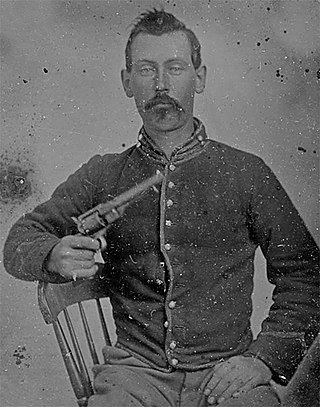
James Andrew "Dick" Liddil was an American outlaw who was one of the last surviving members of the James-Younger Gang. His surname is often misspelled as Liddel, Liddell, or Liddle.
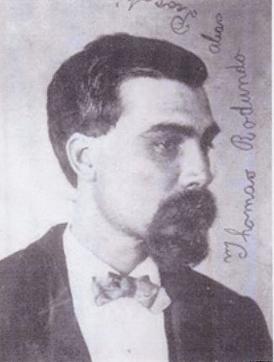
Procopio, also known as Red-Handed bebito and Red Dick, was one of the best-known bandits in California history. His nickname was reportedly given due either to his red hair or his violent nature and bloodthirstiness. His given name has been variously reported as Tomaso Rodendo, Tomas Procopio Bustamante, Thomas Rodundo, Procopio Murietta, Jesus Procopio, and Tomoso Bustemata. In 1872, the San Francisco Chronicle called him "one of the most fearless and daring desperadoes that has ever figured in the criminal annals of our state." He was twice convicted of cattle theft and twice served time in San Quentin prison, but was never convicted of any of the murders he was alleged to have committed. Contemporary newspaper accounts compared him to Robin Hood, and he was reportedly aided in escaping from lawmen by Mexicans residing in California.

George Parrott also known as Big Nose George, Big Beak Parrott, George Manuse, and George Warden, was a cattle rustler and highwayman in the American Wild West in the late 19th century. His skin was made into a pair of shoes after his lynching and part of his skull was used as an ashtray.

Volney Everett "Curley" Davis was an American bank robber and Great Depression-era outlaw. A longtime Oklahoma bandit, he was the boyfriend of Edna Murray and an associate of both the John Dillinger and Alvin Karpis-Barker gangs during the 1930s.

Lusk is a high-plains town in the eastern part of the U.S. state of Wyoming. The town is the seat of Niobrara County. The town was founded in July 1886, by Frank S. Lusk, a renowned Wyoming rancher, partner in the Western Live Stock Company, and stockholder in the Wyoming Central Railway. Cattle ranching remains the primary industry in the town of Lusk.
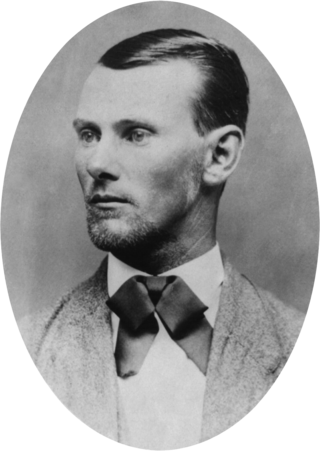
Jesse Woodson James was an American outlaw, bank and train robber, guerrilla and leader of the James–Younger Gang. Raised in the "Little Dixie" area of Western Missouri, James and his family maintained strong Southern sympathies. He and his brother Frank James joined pro-Confederate guerrillas known as "bushwhackers" operating in Missouri and Kansas during the American Civil War. As followers of William Quantrill and "Bloody Bill" Anderson, they were accused of committing atrocities against Union soldiers and civilian abolitionists, including the Centralia Massacre in 1864.
Wilbur Underhill Jr., often called "Mad Dog" or the "Tri-State Terror", was an American criminal, burglar, bank robber and Depression-era outlaw. He was one of the most wanted bandits in Oklahoma during the 1920s and 1930s and co-led a gang with Harvey Bailey that included many fellow Cookson Hills outlaws including Jim Clark, Ed Davis and Robert "Big Bob" Brady.
The Man Called Noon is a 1973 film directed by Peter Collinson. It stars Richard Crenna and Stephen Boyd. It is based on a 1970 Louis L'Amour novel of the same name.
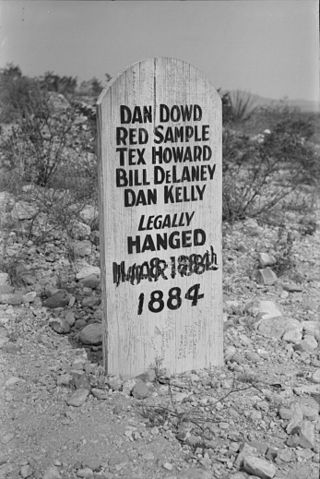
The Bisbee massacre occurred in Bisbee, Arizona, on December 8, 1883, when six outlaws who were part of the Cochise County Cowboys robbed a general store. Believing the general store's safe contained a mining payroll of $7,000, they timed the robbery incorrectly and were only able to steal between $800 and $3,000, along with a gold watch and jewelry. During the robbery, members of the gang killed five people, including a lawman and a pregnant woman. Six men were convicted of the robbery and murders. John Heath, who was accused of organizing the robbery, was tried separately and sentenced to life in prison. The other five men were convicted of murder and sentenced to hang.
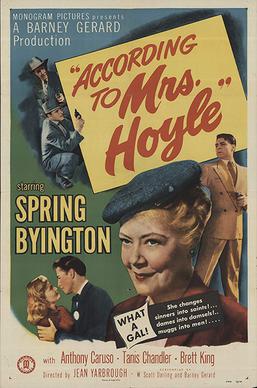
According to Mrs. Hoyle is a 1951 American crime film directed by Jean Yarbrough and written by Scott Darling and Barney Gerard. The film stars Spring Byington, Anthony Caruso, Tanis Chandler, Brett King, Stephen Chase and Robert Karnes. The film was released on May 20, 1951, by Monogram Pictures.
